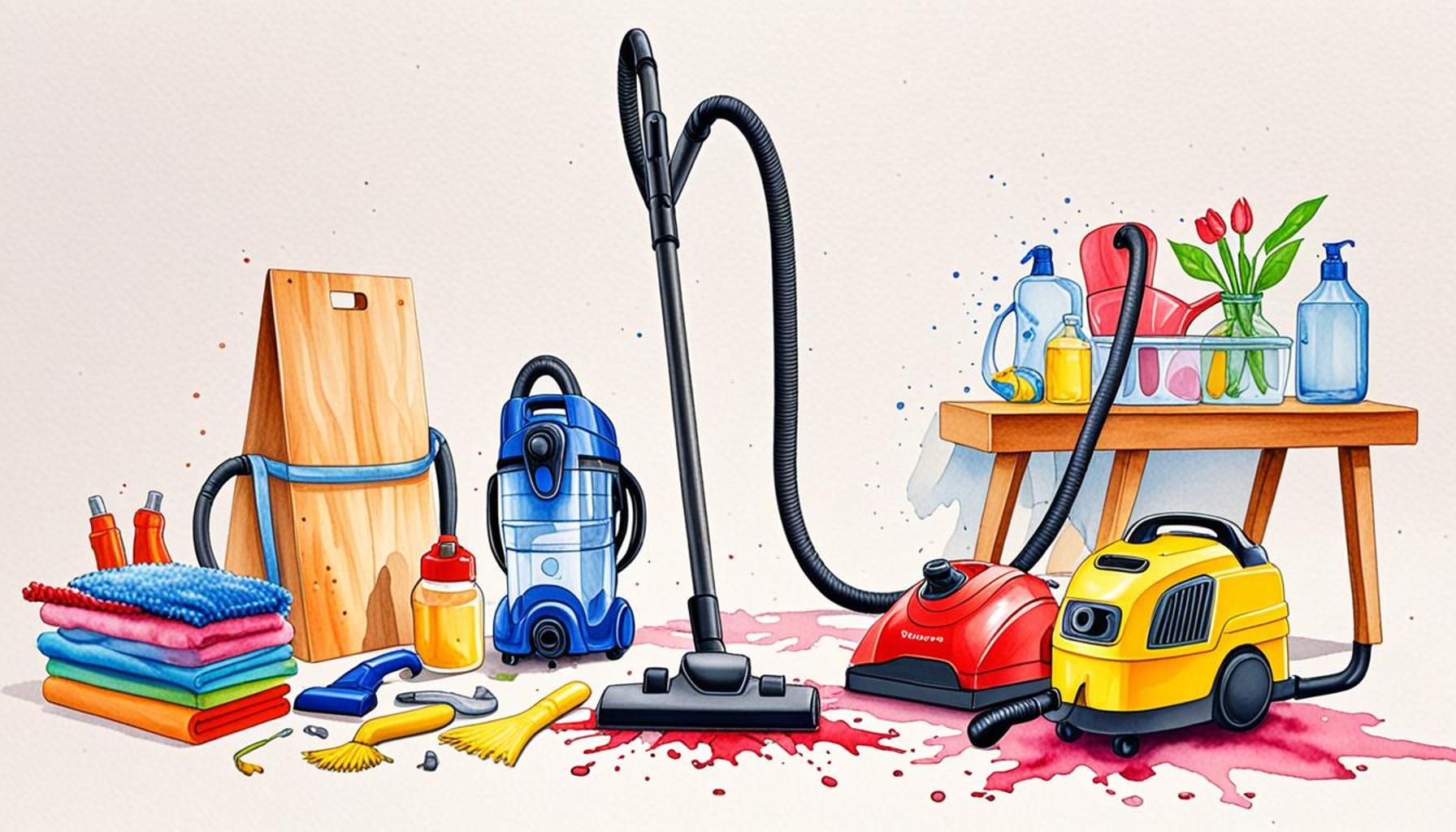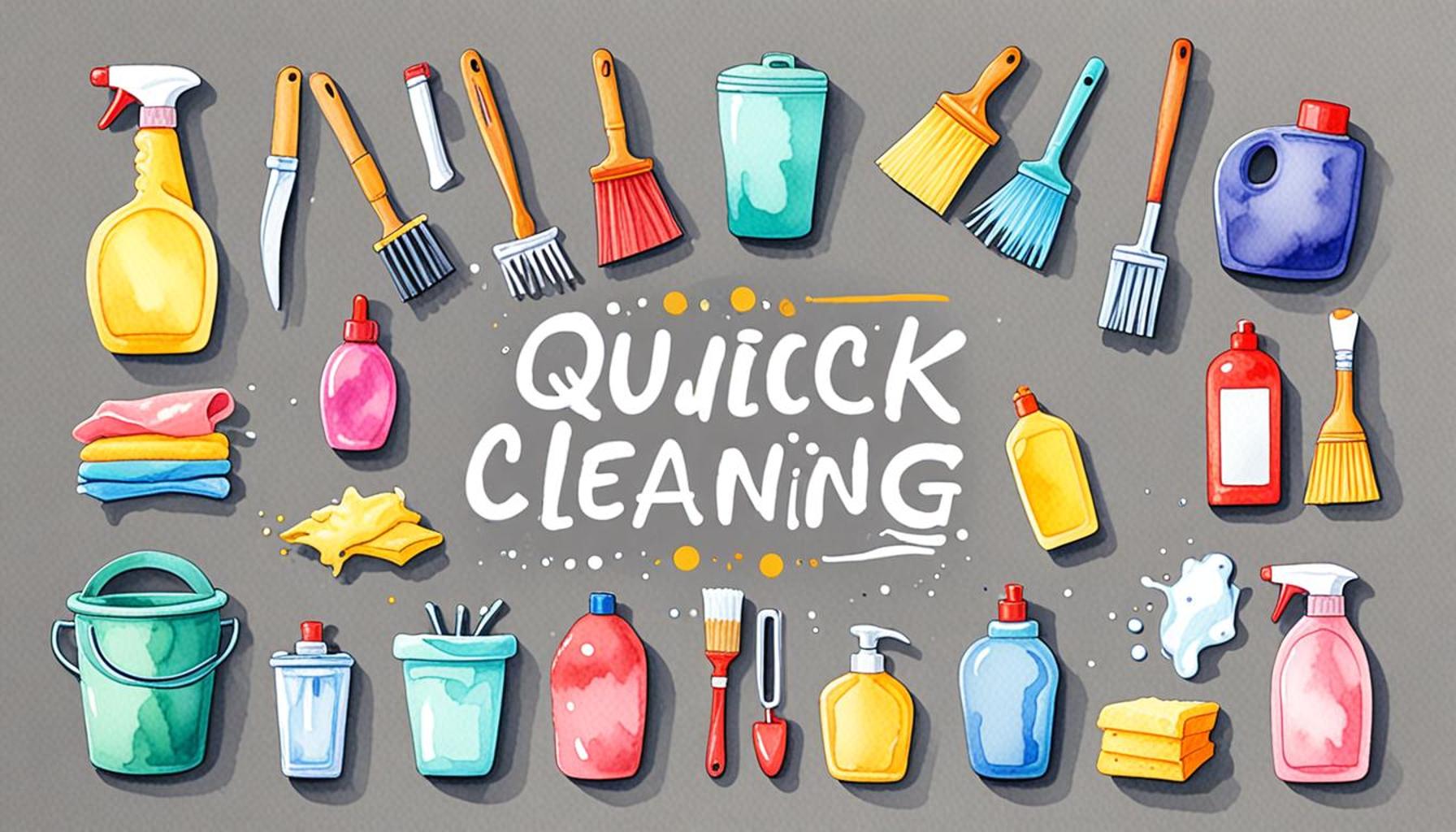Effective Natural Ways to Remove Mold and Mildew Safely at Home

Understanding Mold and Mildew
Mold and mildew thrive in warm, damp environments, making them common issues in many homes across the United States, particularly in coastal areas or spaces prone to high humidity. Often mistaken for one another, mold generally appears as larger, fuzzy patches, while mildew tends to be powdery and often manifests on surfaces like bathroom walls and carpets. Both can have serious consequences: mold can cause significant health problems such as respiratory issues and allergic reactions, while also leading to structural damage that can weaken walls and foundations.
Natural Solutions for Mold and Mildew Removal
Addressing the presence of mold and mildew can be daunting, but several common household items stand out as effective, eco-friendly solutions. These natural remedies not only minimize health risks associated with chemical cleaners but also prove safe for your home environment. Let’s delve into these effective options:
- Vinegar: The acetic acid in vinegar can effectively kill around 82% of all mold species. To use, simply fill a spray bottle with undiluted white vinegar and apply it to the affected area. Let it sit for at least an hour before wiping it away with a damp cloth.
- Baking Soda: This versatile ingredient acts both as a mild abrasive and a deodorizer. Mix a quarter of a tablespoon of baking soda with water in a spray bottle, shake until dissolved, and spray on the mold. After scrubbing the area, rinse with water. This method helps absorb excess moisture, which is crucial in preventing mold regrowth.
- Hydrogen Peroxide: Often overlooked, hydrogen peroxide is a potent antifungal agent. A 3% solution can be used to treat mold by spraying it directly onto the surface and allowing it to sit for about 10 minutes before rinsing it off. This not only tackles existing mold but also helps prevent future spores from developing.
- Essential Oils: Natural oils, especially tea tree oil, have been praised for their antifungal properties. A few drops mixed with water in a spray bottle can be an effective preventive measure against mold when sprayed in damp areas like bathrooms or basements.
Preventing Mold Growth
Effective removal is just part of the solution; preventing its recurrence is equally important. High humidity levels and poor ventilation are the primary contributors to mold growth. To combat these issues, consider utilizing dehumidifiers in especially damp areas, and ensure that your home is well-ventilated. Simple measures like opening windows regularly, using exhaust fans in kitchens and bathrooms, and sealing leaks promptly can go a long way in maintaining dry, mold-free spaces.
The fight against mold and mildew does not have to involve harsh chemicals or expensive solutions. By empowering yourself with knowledge and these simple, effective methods, you can maintain a safe and healthy home environment. As you explore these natural remedies, remember that understanding the underlying factors of mold growth is crucial in keeping your home free from these unwelcome guests.
CHECK OUT: Click here to explore more
Harnessing Household Ingredients for Mold and Mildew Removal
When faced with mold and mildew, many homeowners might feel overwhelmed, turning to chemical-laden products that can be harmful not only to health but also to the environment. Luckily, effective natural solutions are often lurking in plain sight within your pantry. By utilizing common household ingredients, you can tackle mold and mildew effectively while ensuring the safety of your home and family. Here, we explore the benefits and applications of these natural remedies.
- Vinegar: Vinegar is a powerhouse in mold removal due to its high acidity. A simple solution of undiluted white vinegar can effectively kill approximately 82% of all mold species. To apply this method, fill a spray bottle with vinegar, spray generously on the affected area, and let it saturate for at least an hour before wiping with a damp cloth. The acidity not only eliminates mold but also removes lingering odors.
- Baking Soda: This kitchen staple is renowned for its versatility, serving as an abrasive cleaner and deodorizer. To remove mold, combine ¼ tablespoon of baking soda with water in a spray bottle and shake until dissolved. Spray the solution on moldy surfaces, scrub the area, and rinse with water. Not only does this method tackle existing growth, but baking soda also helps absorb moisture, effectively reducing the chances of future mold recurrence.
- Hydrogen Peroxide: Often found in medicine cabinets, hydrogen peroxide stands out as a potent antifungal agent. Using a 3% solution, spray the mold directly and allow it to sit for about 10 minutes before rinsing. This method does more than just cleaning; it also inhibits future mold growth by attacking mold spores directly.
- Essential Oils: Among the natural alternatives gaining popularity, essential oils, particularly tea tree oil, are lauded for their antifungal capabilities. A few drops mixed with water in a spray bottle create an effective preventive mist that can be used in areas prone to dampness, such as basements and bathrooms. Beyond their effectiveness, they also provide a refreshing aroma compared to traditional cleaning products.
As you navigate through these natural solutions, remember that consistent application is key. Not only will these remedies effectively manage mold and mildew issues, but they will also foster a healthier living environment for you and your family. In exploring these natural alternatives, you become part of a growing movement towards organic and eco-friendly cleaning solutions, showing that maintaining a clean home doesn’t have to come at the expense of nature or your well-being.
| Category | Details |
|---|---|
| Vinegar Solutions | White vinegar is an effective natural agent that not only kills mold but also inhibits future growth. Its acidity makes it a powerful cleaning agent. |
| Baking Soda Mix | Baking soda is a safe and non-toxic method to prevent and eliminate mold. It absorbs moisture, which is crucial in mold prevention. |
When tackling mold and mildew, it’s vital to understand their origins. These unwanted guests thrive in damp and humid conditions. Implementing natural solutions will not only ensure safer living spaces but also promote a healthier environment without the use of harsh chemicals. Utilizing lemon juice, for instance, is another excellent natural method. Its inherent antimicrobial properties can combat mold effectively while leaving a fresh scent. Combine it with salt for added abrasiveness when scrubbing moldy surfaces. Another powerful ally is tea tree oil, a natural fungicide that can tackle mold spores. Just a few drops mixed with water can create a potent solution that eliminates mold while providing odor control. Staying proactive with preventive measures, like controlling ventilation in bathrooms and kitchens, further enhances your ability to manage these fungi. Regularly check for leaks and maintain low indoor humidity levels, ideally below 50%. In sum, the approach to removing mold lies in the balance of natural ingredients and vigilant upkeep to fortify your home against these persistent nuisances.
CHECK OUT: Click here to explore more
Preventing Mold and Mildew with Sustainable Solutions
While removing mold and mildew is crucial, prevention is equally important in maintaining a healthy home environment. The best method is to eliminate moisture sources that foster mold growth. By making simple adjustments, you can proactively protect your household from future infestations. Here are several sustainable strategies that incorporate both natural methods and everyday practices.
- Ventilation: Proper airflow is essential in keeping moisture levels down. Ensure that bathrooms, kitchens, and laundry rooms are well-ventilated. Use exhaust fans or open windows during and after activities that generate humidity, such as showering or cooking. Investing in a dehumidifier can also help reduce humidity levels, especially in basements and attics.
- Humidity Control: Maintaining indoor humidity between 30% to 50% can significantly diminish the likelihood of mold growth. You can monitor humidity levels using a hygrometer, a device that measures moisture in the air. If levels are too high, consider natural solutions like placing bowls of rock salt in damp areas to absorb excess moisture.
- Regular Cleaning: Regularly cleaning surfaces in your home can act as a deterrent against mold. Use a solution of water and vinegar or baking soda to wipe down areas that are frequently exposed to moisture, such as shower tiles, window frames, and sinks. This routine maintenance ensures that mold doesn’t have the opportunity to take hold.
- Seal Cracks and Leaks: Routinely inspect your home for any signs of leaks, cracks, or damp spots. Address these issues promptly by sealing cracks with caulk or expanding foam. Not only does this help contain moisture, but it also prevents cold drafts that can lead to condensation.
Moreover, incorporating houseplants can enhance your air quality while acting as a natural humidifier. Plants such as peace lilies and bamboo palms not only filter toxins but also help regulate humidity. However, be cautious with overwatering, as this could inadvertently lead to more moisture and mold growth.
Another natural preventive measure involves using essential oils beyond their cleaning capabilities. Oils like eucalyptus and lavender not only deter mold but also impart a pleasant fragrance to your living space. Simply adding a few drops to your cleaning solutions or diffusing them throughout your home can create a delightful atmosphere while maintaining a mold-free environment.
In considering these preventive strategies, it becomes evident that the journey towards a mold-free home is ongoing, requiring vigilance and adaptation. Integrating these household habits not only leads to effective and natural mold control but also promotes overall health and wellness for you and your family within your living space.
SEE ALSO: Click here to read another article
Conclusion: Embracing a Mold-Free Home
In conclusion, while the presence of mold and mildew can be alarming, the good news is that effective natural methods exist for removing these unwelcome invaders safely from your home. By utilizing common household items such as vinegar, baking soda, and various essential oils, you can effectively combat mold while ensuring a healthy environment for your family.
However, it’s critical to remember that prevention is the frontline defense against mold growth. Implementing routine practices such as maintaining good ventilation, controlling humidity levels, and performing regular inspections can significantly diminish the likelihood of mold re-emergence. Furthermore, engaging in regular cleaning and promptly addressing leaks will create a proactive approach to mold management.
As we foster a mold-free home, we not only enhance our living spaces but also contribute to our overall well-being. The intersection of a clean home and healthier indoor air quality leads to improved health and productivity, aspects that are especially vital for families and individuals alike. This journey of maintaining a mold-free environment encourages you to leverage natural solutions actively and instilling sustainable habits in your routine.
To stay informed, consider exploring more about the science behind moisture control, the benefits of different houseplants, and the nuances of natural cleaning solutions. The path to a pristine and mold-free residence is paved with knowledge, vigilance, and an embrace of nature’s remedies.



